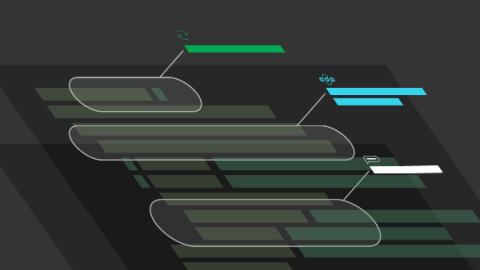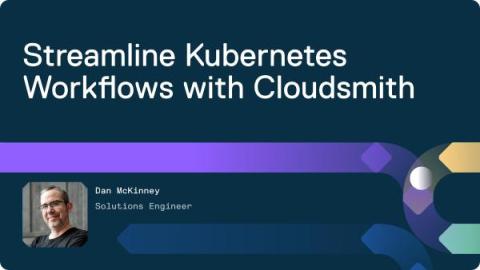What is OSS?
Open source software (OSS) is a type of software with source code that can be published, reused, modified, and redistributed free of charge. This approach to building, maintaining, and distributing software has benefits for businesses and end users alike. In this article, you will learn what OSS is, its benefits for the software community, and the differences between different open source licenses.











